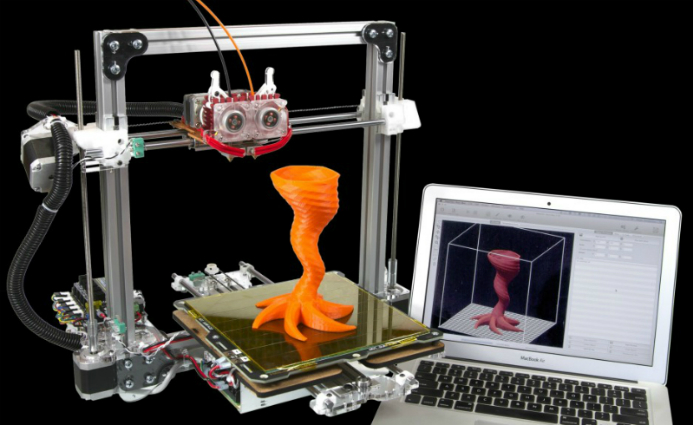The government has given a thumbs-up to 3D printing, allocating a portion of its science budget to the technology.
Steven Joyce, minister for science and innovation has announced that the Science for Technological Innovation National Science Challenge will invest $826,000 in 10 ambitious new research projects to develop disruptive technology for industry.
He says, “The pace of technology change is accelerating so it’s important that our high-tech firms have access to the right know-how to build the sorts of innovative products that will help them to succeed in highly competitive global markets.”
“These new seed projects will create new knowledge through fundamental research that will support firms to contribute to the evolution of New Zealand’s growing high-tech economy.”
Individual projects, which range in duration from between one and three years, will receive up to $255,000 to fund research programmes, and will be undertaken across five universities, one CRI, and two independent research organisations.
The 3D printing project will look at creating a new, sustainable industry for synthetic wood manufacture through 3-D bio-printing live plant cells that could vastly reduce the need for tree harvesting. If successful the project would give the New Zealand manufacturing sector a new, sustainable biomaterial that goes a long way to realise the potential of 3D printing.
Other projects include:
• Developing the science behind a world-first dynamic electrostatic spraying system through the real-time manipulation of droplets that automatically sense and match target shapes. With this new knowledge New Zealand firms will be able to develop products that have greater accuracy, reduced waste and environmental loss for agricultural, horticultural and a broad range of industrial spraying applications.
• Increasing the capacity of lithium batteries ten-fold through the development of world-first, self-healing binder technology. Using supramolecular chemistry, the binder will protect a silicone anode that is fragile but can significantly increase capacity. If successful this technology will pave the way for similar development in other types of energy storage devices.
• Developing new machine vision technology with unprecedented accuracy for the development of world-leading diagnostic products in healthcare, agriculture, and infrastructure.
• Developing a low-cost, fit-for-purpose sensor network for real-time monitoring of freshwater quality using Matauranga Māori and the latest scientific methods.
3D print research gets govt money


